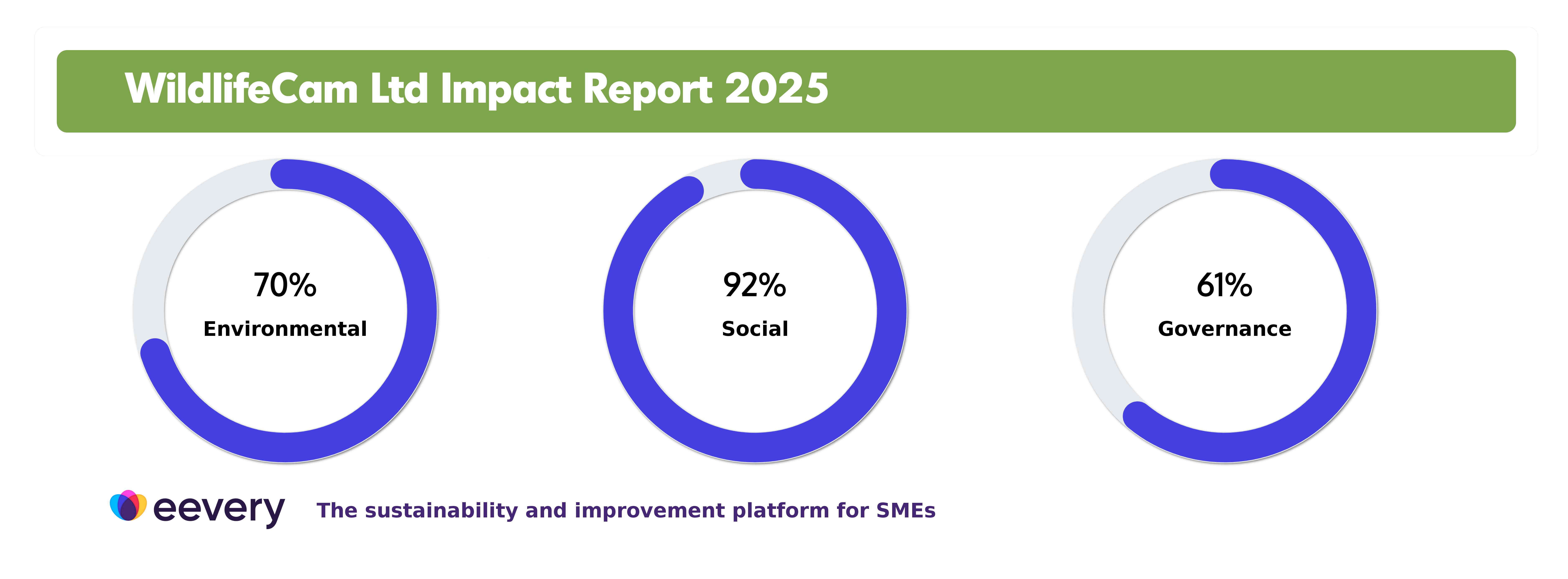To the layman both Thermal and Digital night vision devices may look the same, however in practice they are completely different. Both utilise a digital display, an eyepiece, menu buttons, a battery, and often have a recording capability. Thermal devices don’t require an infra-red light source to help illuminate a subject, instead they rely on infra-red heat emitted by the subject, which means you will spot things much quicker using a thermal imaging device when scanning a wide open area.
Digital Night vision relies heavily on a built in or auxiliary infra-red illuminator. This illuminator emits a beam of light which is invisible to our eyes, with the aim of enhancing what you see through the digital display.
Much less commonly used nowadays is conventional image intensified night vision. Depending on the grade (Gen1, Gen2, Gen3), this type of night vision is far less reliant on an infra-red light source, as it is designed to amplify extremely low levels of ambient light at night. This type of night vision is often identifiable by the green colour of the image (green phosphor).
For example, what does ‘8x42’ mean on a pair of binoculars? The ‘8x’ refers to the magnification of the subject, and the ’42’ is the diameter in millimetres of the objective lens at the opposite end from the eye piece.
This is predominantly a matter of personal preference. A monocular will be lighter and fit in your pocket more easily. They are more suited to shorter periods of continuous use and tend to be more cost effective, whereas binoculars are bulkier and better for prolonged use.
Anyone who swaps from using a monocular to a binocular version will perceive the image generated by the binocular to be better. This is merely the result of being able to use both eyes. A binocular (daytime or night-time optic) will give you a greater sense of depth perception, and is more comfortable to use.
Another advantage of using a binocular style thermal imaging device at night, is that you will only experience about a second of temporary blindness as you take your eyes away from the lit eye pieces. When using a thermal imaging monocular, it will take your viewing eye 5-10 seconds longer to adjust to the darkness around you.
These can be used for a number of applications, from security around your home, to viewing wildlife in your back garden, a field, or out in a remote wood to monitor wildlife without having to be there.
Many wildlife photographers use them to track the movements of wildlife over a period of time, to determine when they are most active. All have a built in clock, meaning you’ll always know when the camera has been triggered. There is no point in you being in situ at 7pm if the badgers don’t come out until midnight!
Their uses are almost limitless, from viewing and identifying wildlife around the clock, to detecting a leg injury on a horse, and for search and rescue of humans and lost pets, the list goes on..
Environmentalists are currently using them to check Pine Marten boxes during the day by checking for heat signatures without any disturbance. Red Squirrel Groups use them to monitor squirrels in dense woodland during the day.
One of the other big advantages of using a Thermal imager is the incredible detection range they offer. Whereas digital night vision is limited to detection distances of a few hundred meters (at a man-sized object), a mid-range thermal monocular will allow you to pick up a man sized object at a mile away. You may not know what it is you are looking at, but any movement may give you a clue. A thermal imager will also allow you to get much closer to your subject without being detected, although depending on the species, you may also have to take the wind direction into consideration,so they don’t pick up your scent (a deer for example).
Essentially, you can use them to locate anything that emits heat, even a leaky hot water pipe under your concrete floor. Their use is only restricted by your imagination!
No, they are equally as effective during the day as they are at night.
It will all depend on how good/powerful your infra-red illuminator and the image processor is on any given digital night vision device. Infra-red illuminators come in different strengths, just think of them as a torch beam of various strengths, but in the case of infra-red you can’t see the beam with the naked eye. It’s only when you look through the night vision device that you see the impact that the emitted infra-red beam has on the image. Small objects such as hedgehogs or rabbits you will need to be quite close to, whereas deer, being larger, can be viewed in great detail from further away. Essentially, you can use them to see almost everything you can use a thermal for, they just give a different perspective and more detail of what you are viewing.
Despite the incredible amount of image clarity a current Thermal imager can provide, they don’t allow you to see markings on animals. This is where Night vision can help to identify a species if required.
The weather will play a significant role in the performance of digital night vision, as the infra-redilluminator will struggle to allow you to see clearly in misty conditions and inclement weather due to refraction of the beam (the beam is bent or diffused by water droplets).
One other down side to night vision is actually locating your subject to begin with. Thermal picks up the heat signature instantly, whereas with night vision, unless the animal happens to be looking in your direction and the infra-red picks up their eyes, you might struggle to locate them and be on your subject before you see it, and possibly scare it away?
Wildlife is most active at dusk and dawn so a couple of hours either side of that might produce the best results, but in reality, anytime you are out at night with the right equipment should produce results.
You can see wildlife all year round, it all depends on your target species; red deer tend to be more vocal and visible in autumn during the rut, whilst roe deer rut in late July and August.
Winter is best for wildfowl and geese moving around after dark. Some species hibernate, such as hedgehogs, so don’t expect to see them in winter.
Read up on your target species to find out when they should be most active, but in reality, there will always be something to see, just be patient and observant.


WildlifeCam Ltd is a credit broker, not a lender, and is authorised and regulated by the Financial Conduct Authority No 997540
We do not charge for credit broking services, we introduce you exclusively to Klarna
Shop and pay the Klarna way - join 150 million customers and choose flexible payments, lightning-fast checkout and secure shopping at WildlifeCam Ltd.
For more information please click here.